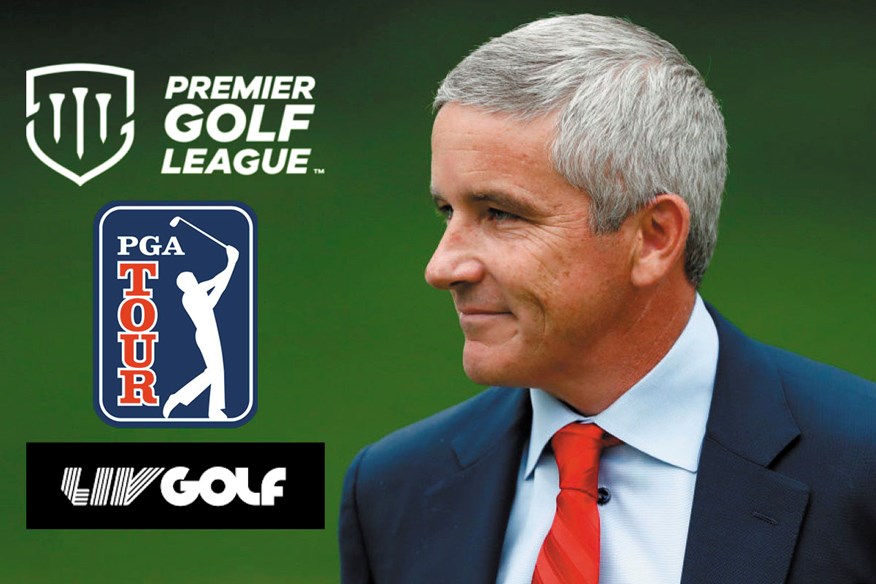Premier Golf League: ‘We can save the PGA Tour from LIV threat’
Last updated:
EXCLUSIVE: Andrew Gardiner, the man behind the Premier Golf League, reveals how LIV Golf stole his idea and why after years of trying to rival the PGA Tour, he now wants to revive it…
Andrew Gardiner always suspected this day would come. For a while, the Saudis used to be part of his plan for a Premier Golf League (PGL) before he decided they were better off without them. He insists he isn’t angry that his former partners pursued a copy-cat format. He actually considers it a compliment, an endorsement that his concept works.
Gardiner, a 50-year-old former corporate finance lawyer, first laid out his intentions to revolutionise golf in 2010 and has spent the last eight years talking up a proposal to bring together golf’s biggest stars in 54-hole tournaments with no cuts and shotgun starts (sound familiar?).
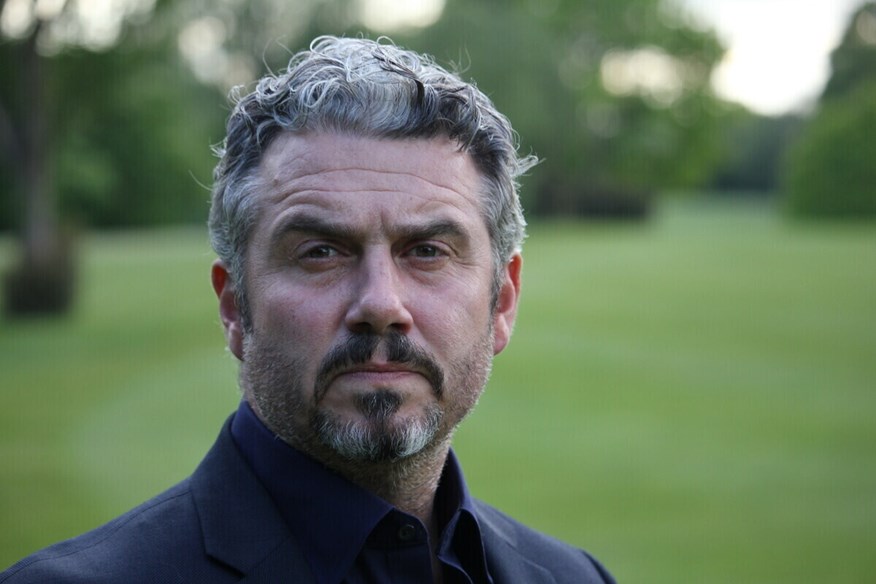
There was a time, he says, when he wanted to take on the PGA Tour. But now LIV Golf is threatening to upend the men’s game, he wants to step in and save it.
His vision is to create the golfing equivalent of Formula One and to integrate the PGL into the current PGA Tour schedule, elevating existing events and combining their history and familiarity with bigger purses and a top-heavy field.
“If you look at past [TV] ratings and compare them to this season, you will see historical lows,” explains Gardiner. “When you talk to diehard golf fans, they are saying, ‘We’re struggling to watch this and to stay engage’. That’s why a form of revitalisation is essential.
“If another four or five top players leave, at some point the strength of field clauses in some of the PGA Tour’s biggest contracts will kick in. I know there are partners at the PGA Tour who are looking at this right now. If those clauses are triggered, it changes the dynamic again.
“You might find towards the end of the year sponsors start negotiating contracts because the PGA Tour is not what it was. If that starts to happen, it is very difficult to reverse.”
RELATED: Everything you need to know about the LIV Golf Series
Whether by hope or expectation, a full season schedule has already been drawn up for 2024 which includes 18 events, 12 teams of four and a $20 million, winner-takes-all, team championship.
The PGL, which operates under the banner of the World Golf Group based in London, is also promising $20 million purses, plus bonuses, with each 54-hole event paying out $4 million to the individual winner and at least $150,000 for last place.
“We want to work in tandem with the PGA Tour,” says Gardiner. “We’ve done all the modelling and you can fit our 18 events into a schedule alongside 30 to 35 PGA tour events and there will be no overlap because of the different time zones.
“We will also have a feeder system so that within our four-month off season, which is what a lot of the top players actually want, there is a transfer period and automatic qualification from the PGA Tour up to the Premier Golf League.
“We want to give those outside the contracted 48 the ability to earn their way in and that’s where relegation and promotion comes from. So, you’ve got a real symbiosis between the two formats. It does it in a way that protects the PGA Tour’s brand and retains its history and legacy.”

Clearly, the PGL still has a lot in common with the LIV Golf Series, but with a few notable differences.
“Under our model, the 150+ members that are not part of the 48 are still owners. They carry on playing on the PGA Tour and our financial model has a contribution of $45 million a year to their purse.”
The PGL would be listed on Nasdaq, giving fans the opportunity to buy in. Teams will also become franchises and have their own academies, giving kids a pathway into the sport so they can find their way onto the PGA Tour, and then the PGL.
It represents a major shift from the PGA Tour’s current structure, especially as every member will be given cash payments up front, plus an ownership stake in the business.
EXCLUSIVE: “Phil never opens his mouth without an agenda”
Gardiner claims up to 70 players are already on board with his idea, which he says will generate $10 billion of equity value by 2030.
In simple terms, this will equate to $20 million per PGA Tour voting member, $3 million per Korn Ferry member and $1 million per DP World Tour member. The rest would go to commercial partners, directors (of which PGA Tour Commissioner Jay Monahan can be considered one), investors and the PGL’s foundation.
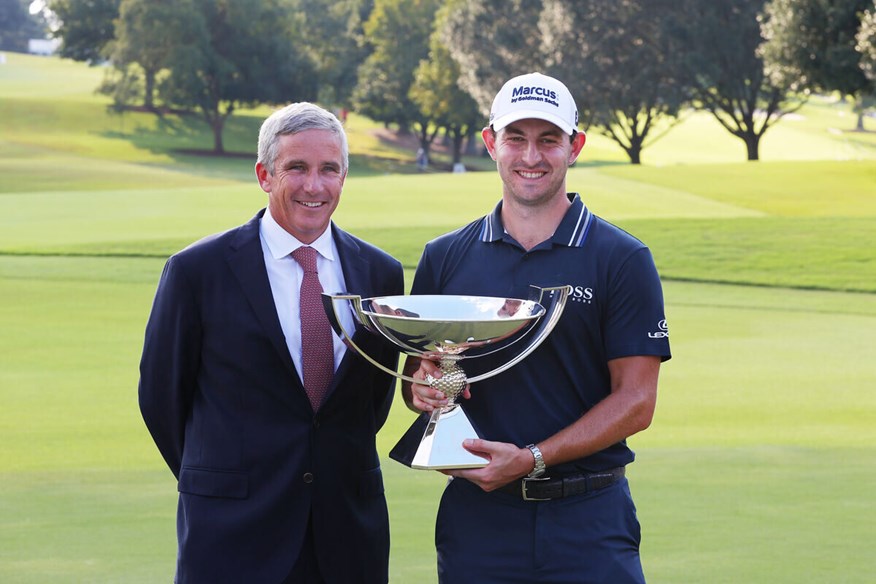
It sounds compelling, but when the PGA Tour commissioned an evaluation of the proposal earlier this year, they disputed the ability to generate $10 billion by 2030, a notion which the World Golf Group described as ‘bullsh*t’ in response.
“They didn’t even speak to us,” argues Gardiner.
He wants the opportunity to be heard but despite years of trying, Monahan is still not taking his calls. Gardiner is now relying on players to do the lobbying on his behalf.
“Agents are now coming to us and that never happened before. They are saying to us, ‘This has to happen’. We’ve told them it might come down to a petition because if 70 members ask politely, it’s going to be very difficult for the PGA Tour policy board to not acquiesce.
“There are roughly 250 voting members and we only require 25% to requisition the meeting and the votes. If that meeting is called, all we want is for the players to oblige the board to engage with us and to look at the proposals properly and to have them valued by a third party.”
He continues: “If the PGA Tour adopt our model, I think their entire membership would say to them, ‘Thank you very much. You’ve acted in our best interest’. But if that doesn’t happen and it plays out in legal battles, I can’t see the PGA Tour coming out of this very well at all.”
Gardiner has now got people on the ground at every PGA Tour event, trying to secure backing from anyone who’ll listen. He admits it’s now a race against time before the Saudis start to gut the PGA Tour of its membership, which is why he wants to put all his cards on the table. Unlike the LIV Golf Series, he’s got nothing to hide…
You can read the full interview with Andrew Gardiner below.

Are you angry or jealous that LIV Golf Investments have effectively stolen your idea?
I’m not angry at all. We see it as a testament to us because it is, for all intent and purposes, the same format that we devised.
Considering this was done in a rush, and in probably the most challenging circumstances you can have, a lot of people whose views I respect have come up to me and said, ‘This is genuinely good’. It proves I was right all along. LIV is generating a huge amount of interest, on both sides of the water. That I think is encouraging because we’ve seen proof of the concept.
This format is capable of generating $20 million a week for the field. But if it’s done in a different way so that the members of the PGA Tour, Korn Ferry and DP World actually own shares in the business, then nobody suffers any loss of value. That’s what we are proposing.
RELATED: DeChambeau joins LIV Golf in reported $100m deal
Originally, the World Golf Group was backed by Golf Saudi and the Public Investment Fund. What changed?
When we were talking to the Saudis, we were talking about a very similar execution model, which was to pay $600 million to 12 guys to break away from the PGA Tour. But one of the things that I know people don’t like about what LIV are doing right now is this notion that these guys have been paid so much money upfront, and on a guaranteed basis across the entire series, that they don’t have to compete to make the money.
I sat in a room full of some of the world’s best players and they said to me, ‘We’d rather win it than be paid it’. That’s because they’re sportsmen and because they see that as the fairest way. Money speaks very loudly but playing for 20 million bucks every week is sufficient. You don’t need to be paid to turn up. To a degree it undermines the sporting integrity of what you’re watching. We chose not to go down that path.
Why did you want to shake up the status quo in the first place?
Bernie Ecclestone used the phrase first: If you want the world to watch, you’ve got to put out your best product every week. The sport should be doing what pretty much every other sport has done over the last 50 or 100 years and look to evolve.
If you spoke to sponsors of the PGA Tour and even certain broadcasters and asked, ‘Are you happy with how golf has performed as an asset class that you’ve been pumping money into?’ You’re not going to find many who are going to say we’re delighted – and I’m being kind because the ratings haven’t been good. The catalyst for doing this was seeing how bad things were getting in 2014. Tiger had been missing for a while and the [viewing] numbers dropped off. Now if you look at past ratings and compare them to this season, you will see historical lows.
When you talk to diehard golf fans, they are saying, ‘We’re struggling to watch this and to stay engage’. That’s why a form of revitalisation is essential.
RELATED: How much every LIV Golf player won
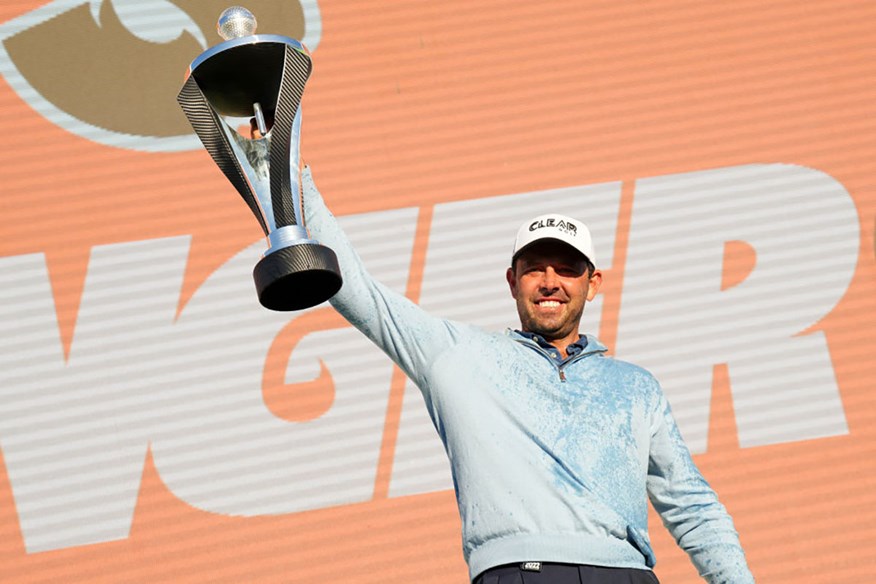
How serious is the threat being posed by LIV Golf?
I think they’ve got two, three and five of the needle movers on the PIP (Player Impact Program] list. If another four or five top players leave, at some point the strength of field clauses in some of the PGA Tour’s biggest contracts will kick in. I know there are partners at the PGA Tour who are looking at this right now. If those clauses are triggered, it changes the dynamic again. You might find towards the end of the year sponsors start negotiating contracts because the PGA Tour is not what it was. If that starts to happen, it is very difficult to reverse.
RELATED: PGA Tour suspends all LIV Golf players
How do you plan to work with the PGA Tour?
We want to work in tandem with the PGA Tour. We’ve done all the modelling and you can fit our 18 events into a schedule alongside 30 to 35 PGA tour events and there will be no overlap because of the different time zones. We will also have a feeder system so that within our four-month off season, which is what a lot of the top players actually want, there is a transfer period and automatic qualification from the PGA Tour up to the Premier Golf League.
We want to give those outside the contracted 48 the ability to earn their way in and that’s where relegation and promotion comes from. You can expand that to allow transfers between teams and these franchises can form academies which can give kids around the world a pathway into the sport so they can ultimately find their way onto the PGA Tour, and then the PGL.
So, you’ve got a real symbiosis between the two formats. It does it in a way that protects the PGA Tour’s brand and retains its history and legacy. This is a far better way of doing it than having a breakaway which can cause carnage.
RELATED: WITB Rory McIlroy
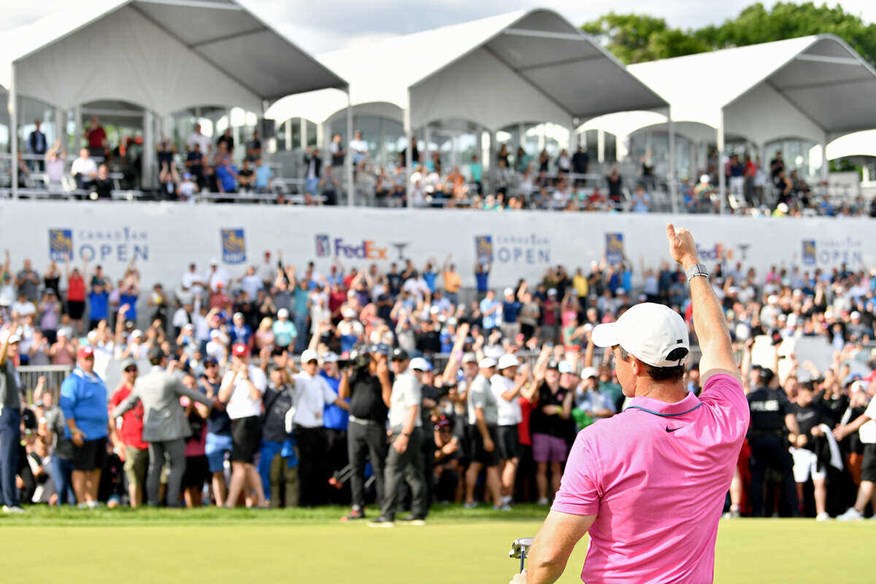
How is what you are proposing different from what the LIV Series is offering?
The format that we’ve devised is essentially what we’re seeing on the TV. Our proposal is a two-tee start on the final day so you get your traditional back nine climax, whereas they’re sticking with a shotgun start. I can’t see any other differences with the format but our teams will be owned by private equity groups and extraordinarily high net-worth individuals who already own other franchises and other sports.
What you’ll get with us is the same 48 guys playing 18 times a season, plus three wildcards handpicked by fans every week. One of the key elements to this from a broadcast and a fan point of view is knowing who you’re going to watch and that enables you to build stories and create a team brand, just like in F1.
RELATED: “Westwood showed ignorance over LIV Golf Series”
What do the players stand to make from the Premier Golf League?
We believe we will generate at least $10 billion of equity value by 2030, of which 60% will be owned and shared between members of the PGA Tour, the Korn Ferry Tour and the DP World Tour. We’re saying to every PGA Tour voting member you’re going to make $20 million out of this and we will give you 10% so $2 million up front. We’re saying to Korn Ferry members you’re going to make $3 million each so we will give you $300,000. All we will do is secure the cash against their shares. There is no risk.
What happens to the other members who are not in the field every week?
Under our model, the 150+ members that are not part of the 48 are still owners. They carry on playing on the PGA Tour and our financial model has a contribution of $45 million a year to their purse.
How long have you been lobbying players for?
I think it’s on record that my first conversation with Rory was 2014 and it was very positive. If it hadn’t been, I wouldn’t have taken another step.
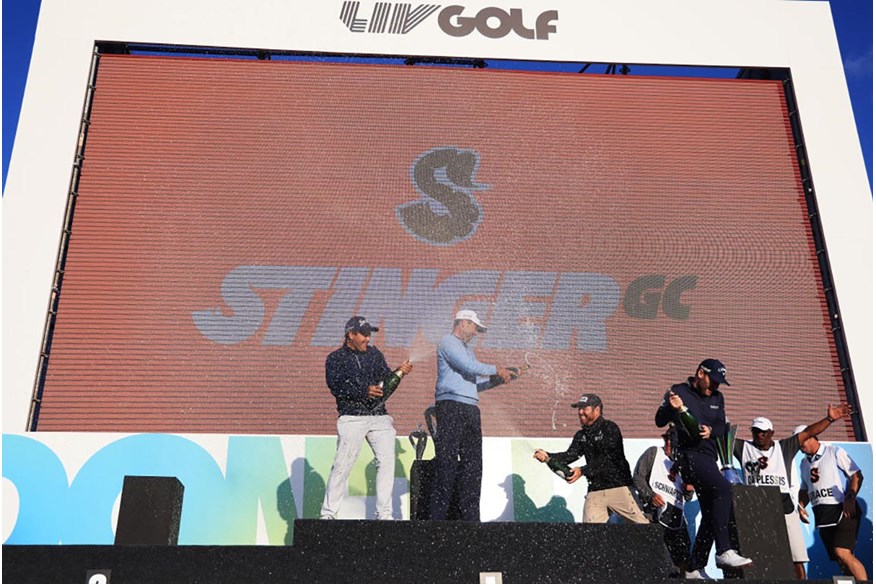
Given the exodus that is occurring now, is there more of a willingness from players and agents to hear what you’ve got to say now?
Agents are now coming to us and that never happened before. They are saying to us, ‘This has to happen’. We’ve told them it might come down to a petition because if 70 members ask politely, it’s going to be very difficult for the PGA Tour policy board to not acquiesce.
There are roughly 250 voting members and we only require 25% to requisition the meeting and the votes. If that meeting is called, all we want is for the players to oblige the board to engage with us and to look at the proposals properly and to have them valued by a third party.
That valuation will take eight to 12 weeks and we’re confident it’ll come back and say, ‘If these proposals are implemented, the business will be worth somewhere in the region of $10 billion to $15 billion’. That report is then given to the membership of the PGA Tour and then they’ve got a decision to make.
RELATED: G-MAC – “I know this could cost me my Ryder Cup dream”
How long are you prepared to wait for that to happen?
That opportunity remains but it won’t exist forever. There’s a limited period in which the members of the PGA Tour get to decide how this plays out, given 75 of them will lose their card at the end of August.
It’s very difficult talking to 250 guys who barely talk to each other, but that’s why we persevered with extending the hand of friendship to the policy board because they have the ability to communicate with every member and share that information. That’s all we’re asking them to do.
If the PGA Tour adopt our model, I think their entire membership would say to them, ‘Thank you very much. You’ve acted in our best interest’. But if that doesn’t happen and it plays out in legal battles, I can’t see the PGA Tour coming out of this very well at all.

When the PGA Tour commissioned an evaluation of your proposal previously it disputed the ability to generate $10 billion by 2030. Were they wrong?
When the Tour commissioned an evaluation of the proposal, they didn’t even speak to us. We have put up a website in the last week called PGLplayerportal.com for the agents. On there, you will find a comparison between Formula One Group and us. Formula One’s business model is virtually identical to our own. If you go down their list of revenues and costs, the two businesses are very similar.
A week ago, Formula One was valued at $14.5 billion on Nasdaq and their annual revenue is $2.1 billion. On a conservative basis, our model shows our revenue will be $1.8 billion and our worth is somewhere between $12.5 billion and $14 billion. But we also keep half of every franchise and every franchise will be worth, on average, $500 million, so that’s another $3 billion of value that you can add on top.
RELATED: England’s LIV players should learn from Scottish example
Has Jay Monahan started answering your phone calls yet?
No, he’s not. I confess I haven’t tried in the last few months. Various senior figures in the game have called me in the last few days asking, ‘What the hell is going on? At what point are they going to talk to you?’ My response to these guys is we can’t force them to. Others can persuade them and that’s what we’re working on.
But if the PGA Tour are not open to talking with you, what happens then?
I suspect critical mass is achieved by LIV and the legal battles will ultimately weaken the existing structure of the professional game. For years, I’ve been expecting the PGA Tour to produce the great move on the chessboard, the checkmate. But they’ve used up the threats and reallocation of funds for the top players. What else do they have? I think the idea of introducing three team events in the fall for a limited field of 50 with a big pot of money is not enough. It’s not enough for the broadcasters and sponsors.

How do you think the DP World Tour will respond to all the uncertainty?
One of my shareholders spoke to one of the senior DP World Tour execs a couple of days ago and he said, ‘Why haven’t you put out a statement yet’? The answer was, ‘Because we haven’t agreed on one’.
They have got another issue because the BMW in Germany is coming up and Bernd [Wiesberger], Sergio [Garcia] and Martin Kaymer are in the field. Now, if they turned to BMW and said, ‘Sorry, we’ve just banned three of the five biggest names that were going to play the event’. You can imagine the reaction.
Compare that to the reaction if they got Bryson and DJ playing in it. I don’t think they’ve got very much room to manoeuvre. They might surprise me and come out with a bang because I’m sure under the terms of the alliance, the PGA Tour would expect the European Tour to follow policy. But I don’t think they can. And if they do, I don’t think it’ll last long because I think the legal challenge will be swift. And an injunction would be swift as well.
RELATED: DP World Tour’s 2022 schedule
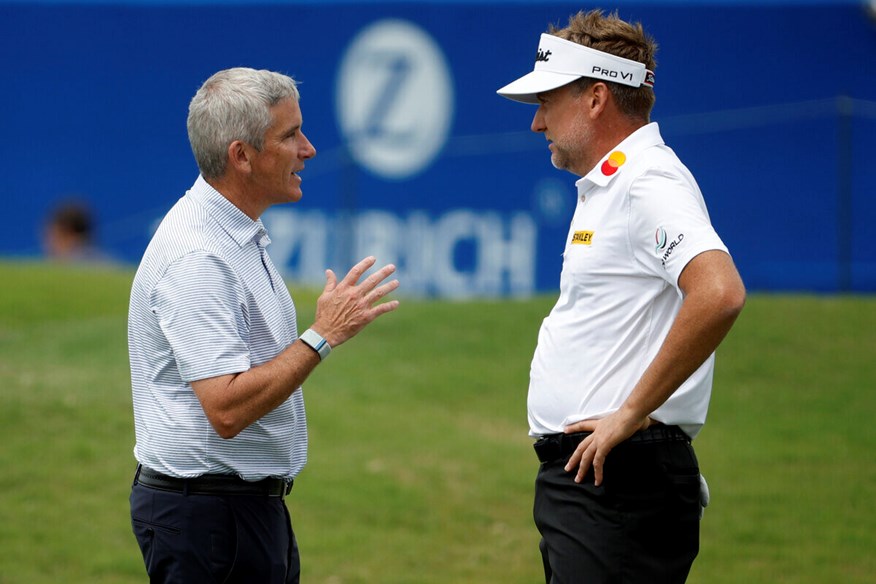
What do you think will happen next?
LIV has shown that change is possible. It’s happening in probably the worst way that it could for the good of the sport. And if the threat of legal action is carried through, it’s not going to do anybody any good.
Imagine what would come out in a legal action. The lawyers sat behind Ian Poulter would be asking the PGA Tour for minutes of the policy board meetings and all the WhatsApp conversations to prove that what they’ve done is purely to stifle competition. That’s not going to be healthy for an organisation that claims to be transparent but is patently not. I can’t see them being able to defend their position.
The regulations do permit the PGA Tour to suspend players, but those regulations have never been tested in a court of law as to their compliance with antitrust law. That’s what they’re facing now. I do think it’s going to end up in a court battle, unless the PGA Tour has a conversation with us.
Find out more about the Premier Golf League here
READ NEXT: Greg Norman exclusive interview
-
 Will PGA Tour Commissioner Jay Monahan work with the Premier Golf League to fend off the LIV Golf Series?
Will PGA Tour Commissioner Jay Monahan work with the Premier Golf League to fend off the LIV Golf Series?
-
 Andy Gardiner
Andy Gardiner
-
 Happy times: Dustin Johnson and PGA Tour Commissioner Jay Monahan
Happy times: Dustin Johnson and PGA Tour Commissioner Jay Monahan
-
 Ian Poulter has appealed his PGA Tour suspension
Ian Poulter has appealed his PGA Tour suspension
-
 FedEx Cup champion Patrick Cantlay with Jay Monahan
FedEx Cup champion Patrick Cantlay with Jay Monahan
-
 PGA Tour crowds
PGA Tour crowds
-
 Rory McIlroy put on a show at the RBC Canadian Open
Rory McIlroy put on a show at the RBC Canadian Open
